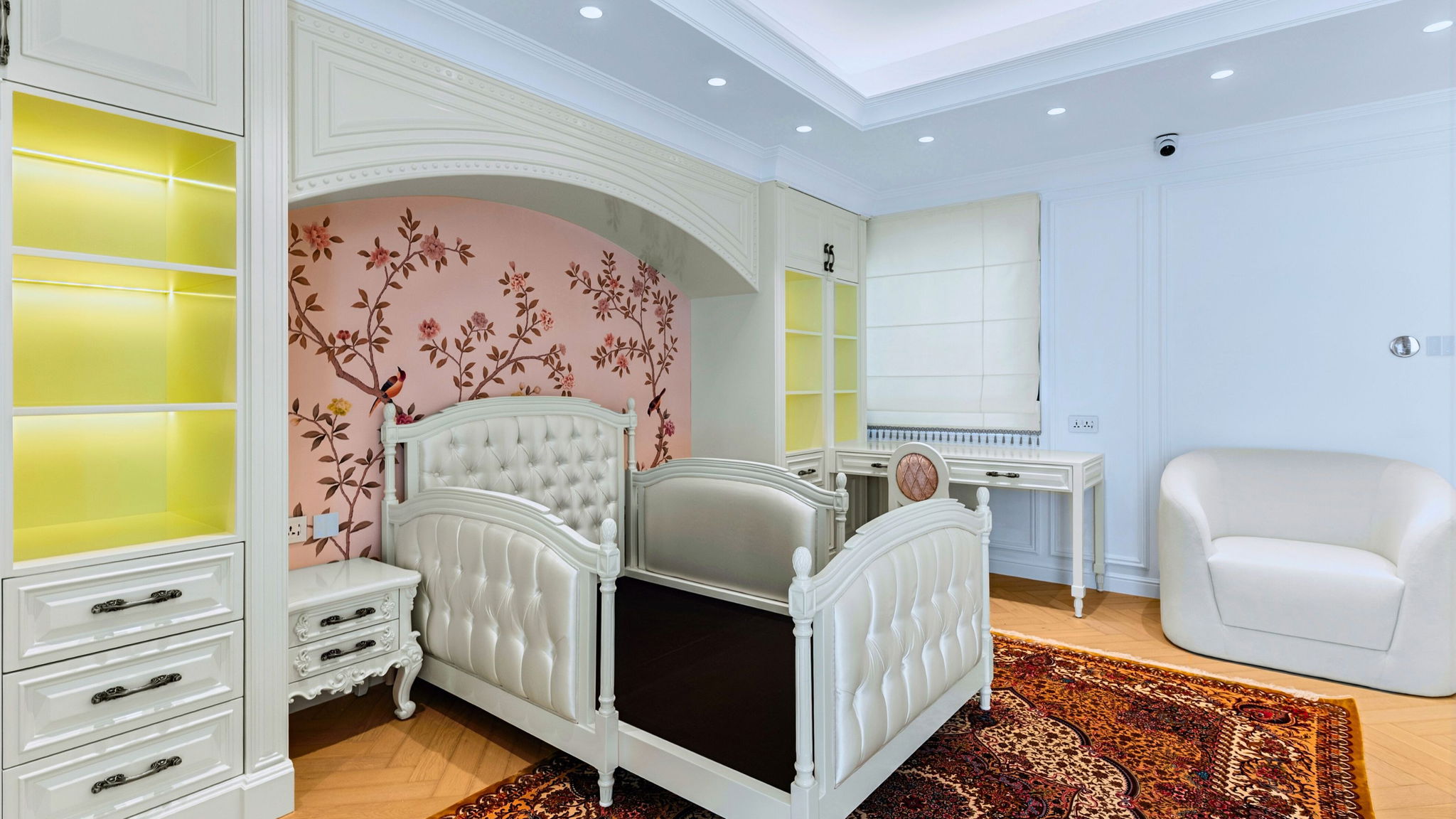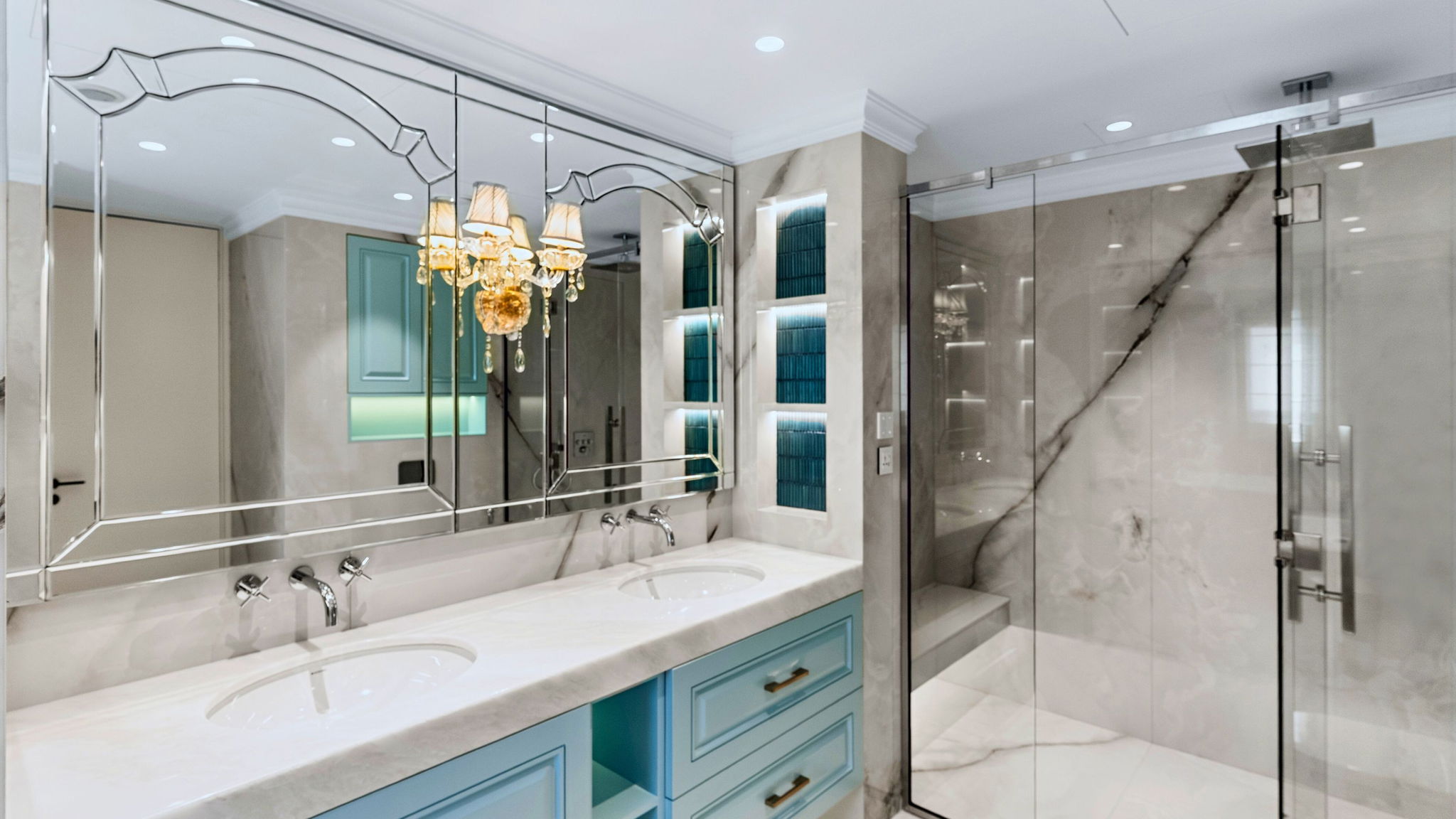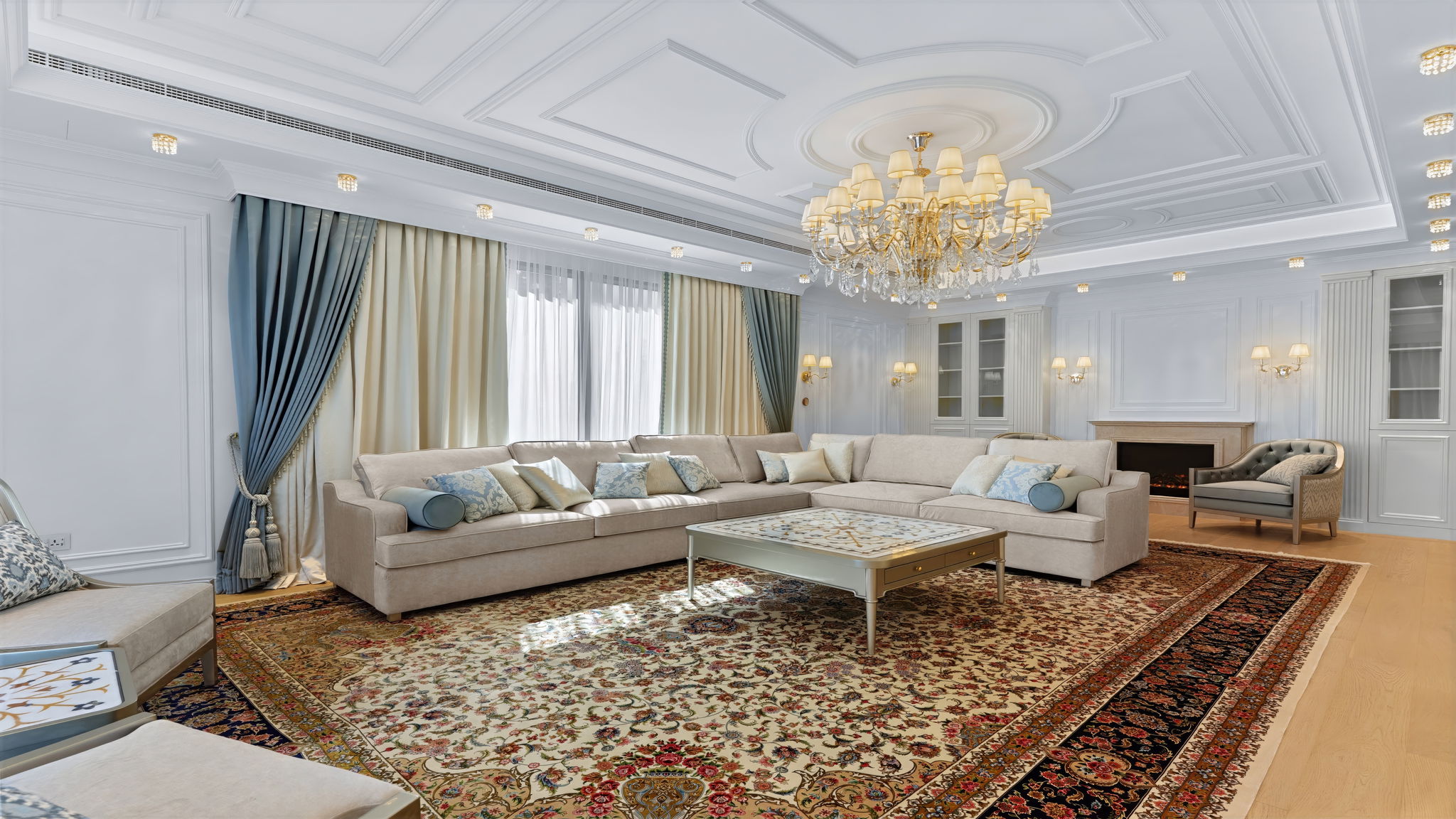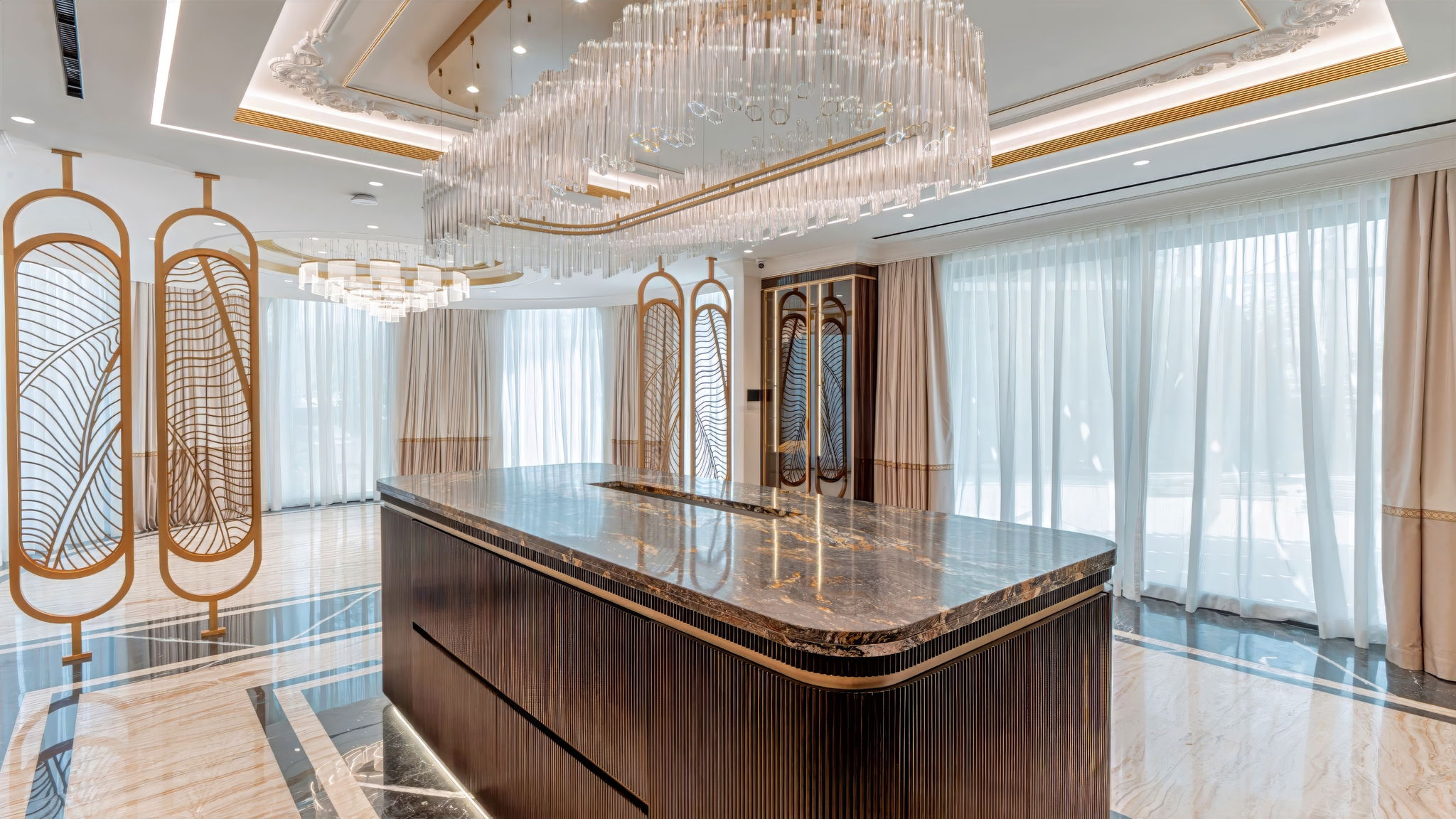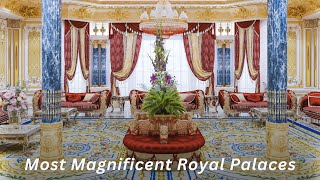
How to Use the Color Brown in Bedroom?
PROPER USE OF BROWN IN THE BEDROOM
Brown is a hue to think about if you're looking for a neutral tone that conveys peace and tranquillity. Even though you might not often use brown in your design, it's not a color you should sleep with, especially in the bedroom interior design Dubai. You may simply incorporate this surprising hue into your space because there are so many different tones and intensities of brown. There are several ways to incorporate brown into your bedroom interiors, from a statement wall to rich brown furniture. Paint those white walls darker with one or two coats, or look for a few bold pieces of art to instantly add warmth. Continue reading for more suggestions and motivation for brown bedroom decoration Dubai. Brown, the hue of the soil, wood, and stone, is a calming, warm color that may give designs a sense of rooted realism. In this comprehensive book, you'll get expert advice on how to design and decorate with the color brown.
In addition to feeling extremely earthy and grounded, brown may also seem rich and thick. We adore this cold brown shade, particularly when it contrasts with a clay-like tint. For spaces that won't seem extremely dark and dim and have lots of natural light, this hue works well. For a splash of color, combine with strong hues like orange or green, or keep it neutral with light beige or off-white to let the brown take center stage. Although some people think brown is boring, it can really be a lovely and elegant color choice when used correctly, inspiring emotions of coziness, openness, and a sense of connection to nature. Moreover, it has been shown to increase appetite, making it a strong candidate for food branding campaigns. Brown is a composite hue, which means that it may be produced by combining either orange and black or red, yellow, and black pigments (to effectively create a darker shade of orange). Red and green are combined to get brown in an RGB additive color model. Brown does not appear on a conventional painter's color wheel since it is a composite hue made up of primary and secondary colors. It is typically shown as a tint of orange on current color wheels, with orange sitting between red and yellow on the wheel.
In contrast to cold colors like blue, green, or violet, brown is seen as a warm hue along with red, orange, and yellow. The color brown is remarkably versatile, ranging from warm taupes to dark chocolate tones. Richer and more opulent shades of brown are darker, whereas lighter shades of brown, like camel, are more refined and stylish. Sienna is a reddish brown that is more vibrant yet retains the solidity of brown. Brown is not represented on a classic color wheel and is frequently shown on modern wheels as a dark shade of orange. Blue is orange's complementary color, thus blue or deeper blue hues are brown's complementary color. Brown may be utilized in the backdrop of designs to create a slightly cozy and warming aspect since it is warmer than black while maintaining the same neutrality. Since brown is a reliable hue, it gives viewers a sense of acceptance and stability. It is occasionally employed in interior design plans to foster a sense of inclusion and community. Although brown has traditionally been linked to poverty, this is mostly due to its associations with rural living. Brown helps urban customers feel like they are connected with nature in today's society, where connections with rural living are frequently good and desirable.
More projects
We will call you back!
Enter your contact details and our manager will contact you.















